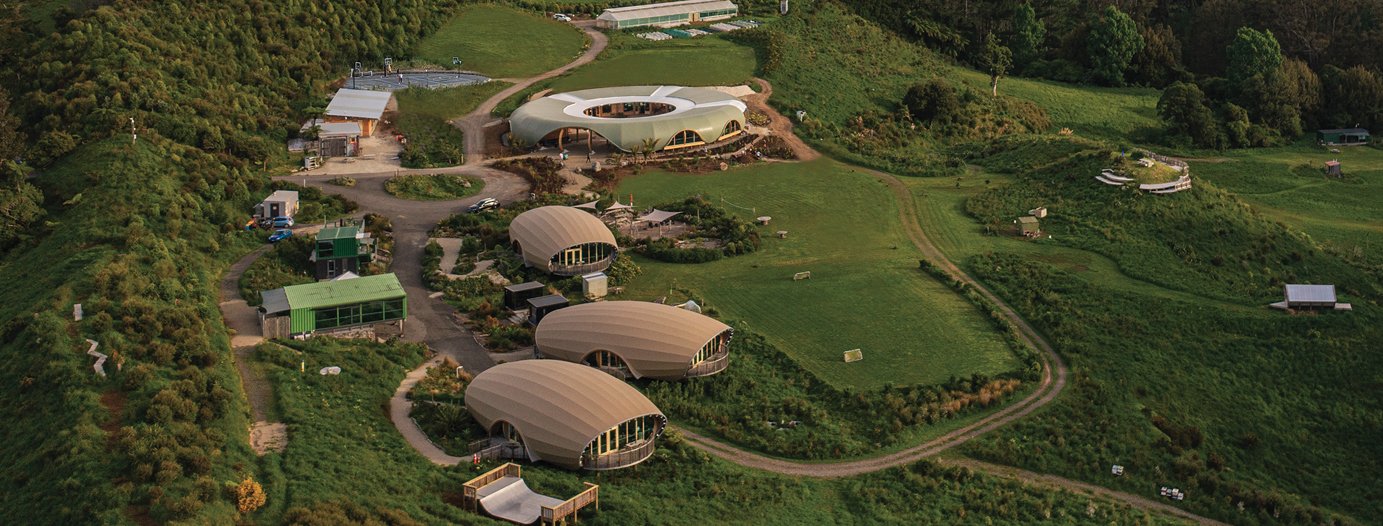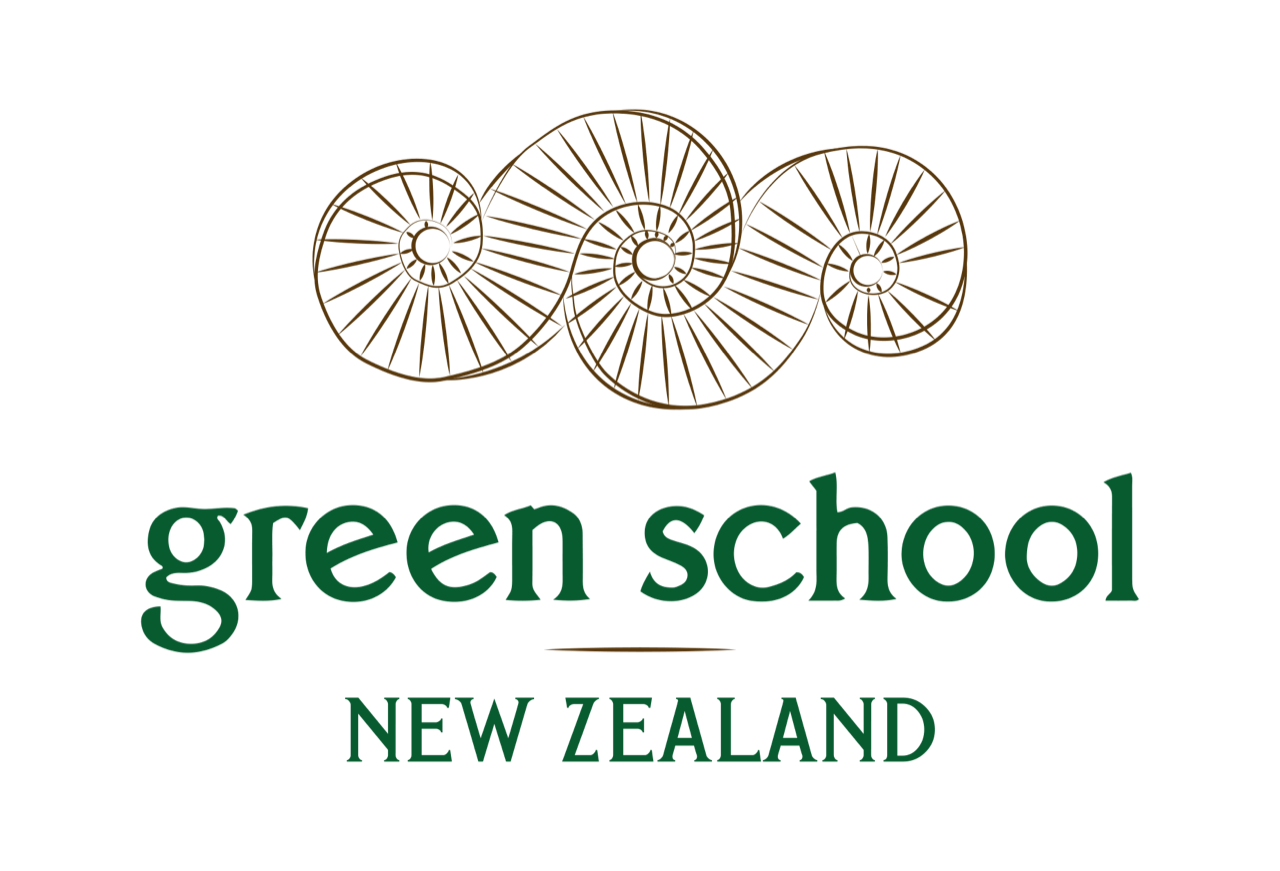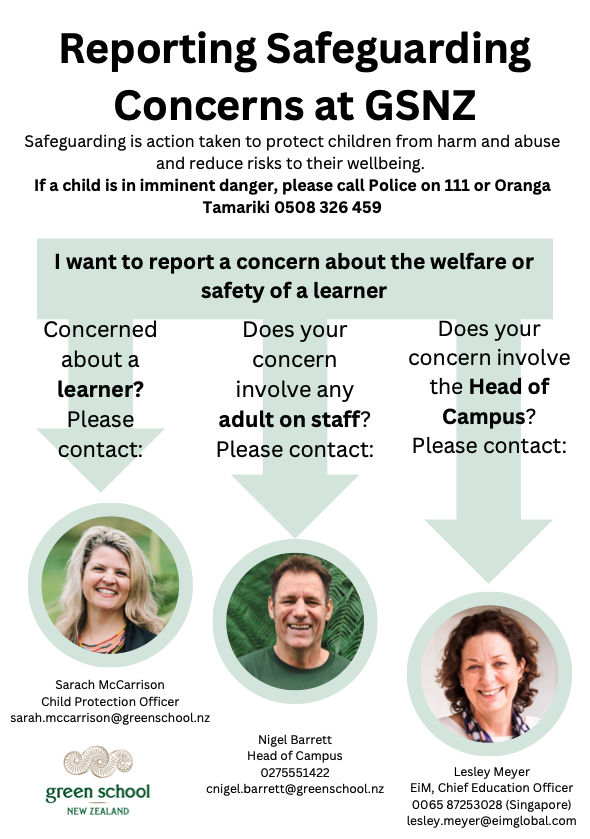
SAFEGUARDING MATTERS
At Green School New Zealand, we are a community that prioritises learner wellbeing in everything we do. Safeguarding and child protection are at the core of our commitment to creating a safe, supportive, and empowering learning environment.
Our approach to safeguarding is guided by the United Nations Convention on the Rights of the Child and aligns with New Zealand child protection standards and legislative requirements. We believe that safeguarding is the responsibility of every member of our school community—whether they are educators, support staff, parents, or visitors. Our staff are professionally curious, uphold a culture of vigilance, and work with the belief that "it could happen anywhere."
Our Commitment to Safeguarding
Policy: As required by the Children's Act 2014 (s. 14), our Child Protection policy is our framework for learner safety at Green School New Zealand. Our policy contains provisions for identifying and reporting child abuse and neglect.
Safer Recruitment: All staff undergo rigorous background checks and safer recruitment procedures before joining our school.
Ongoing Training: Upon arriving at our school, new joiners all take part in safeguarding training, which is periodically refreshed throughout their tenure in our organisation.
Student Education: Our learners engage in age-appropriate lessons on safeguarding, personal safety, and their rights.
Strong Relationships: We prioritise stable, trusting relationships between learners and adults to ensure a safe and supportive learning environment.
Reporting and Support: We encourage learners to speak up if they feel unsafe. Staff members are trained to respond sensitively and take appropriate action when concerns arise.
Collaboration with External Agencies: We work closely with local child protection services and other external agencies to ensure the safety and wellbeing of our students.
Reporting a Concern
If you have a safeguarding concern about a learner, please contact our Child Protection Officer, Sarah McCarisson, immediately. Concerns regarding a member of staff should be directed to our Head of Campus, Nigel Barrett. All concerns are handled with professionalism, confidentiality, and a focus on the best interests of the child.
We welcome all visitors to our school, and, for the safety of our learners, we require all guests to sign in and follow safeguarding protocols while on site.
Green School New Zealand is dedicated to maintaining the highest standards of child protection and ensuring that every learner thrives in a safe, caring, and empowering environment.

